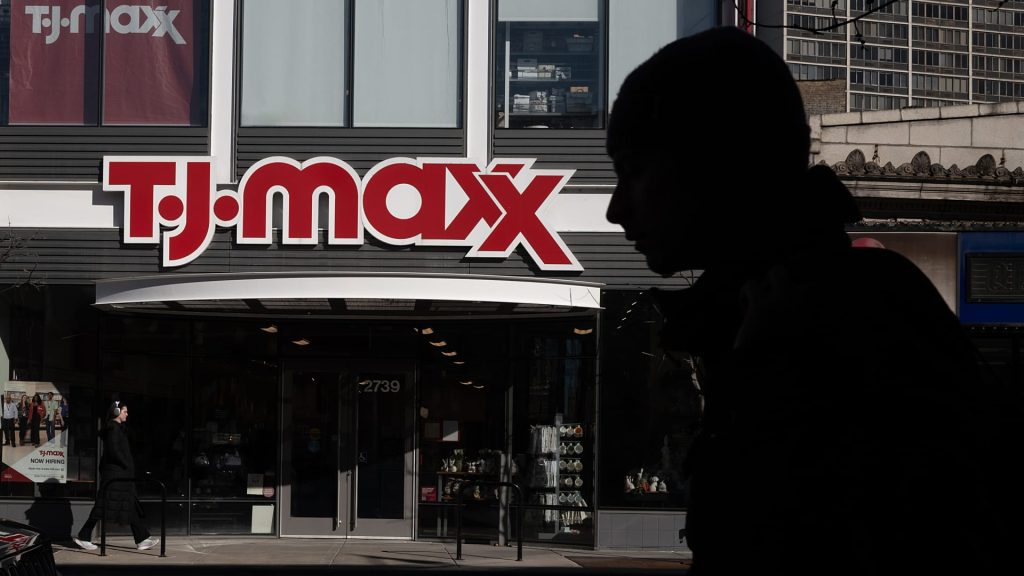Understanding TJX Companies’ Success Amidst Economic Challenges
Many shoppers who regularly visit TJX Companies’ off-price retail brands are driven by the thrill of discovering great deals. However, their loyalty goes beyond discounted designer apparel and stylish home goods; it’s rooted in the company’s robust vendor relationships. According to UBS analyst Jay Sole, TJX maintains strong ties with approximately 21,000 vendors worldwide, enabling it to secure advantageous deals for stores like T.J. Maxx, Marshalls, and HomeGoods.
Sole indicated during a recent CNBC interview that for many vendors, TJX represents their largest customer. “They want to grow with a company like TJX that’s winning and gaining market share, especially as some of their other retail partners struggle,” he elaborated. Sole, who follows TJX closely, holds a buy rating on its stock with a price target set at $151.
TJX capitalizes on fluctuations in retail inventory, particularly when other retailers need to offload excess stock to improve their cash flow and minimize losses. TJX CEO Ernie Herrman highlighted this trend during a February 26 earnings call, noting the pressing need for public companies to cut merchandise in order to boost earnings has been exacerbated by faltering consumer sentiment.
Recent data from the University of Michigan revealed a drop in consumer confidence, highlighted by a preliminary March index score of 57.9, which represents a 10.5% decline from the previous month and a 21% year-over-year decrease. Concerns about rising inflation, mainly attributed to tariffs proposed by President Trump, have led to these tough times for retailers. Yet, while others face hurdles, TJX’s buyers are able to acquire high-quality inventory at more favorable margins, giving the company a competitive edge.
Jim Cramer has often championed TJX’s vendor connections as an unparalleled strength. During a recent meeting, he attributed a key role to the store closures and surplus inventory affecting competitors like Kohl’s and Macy’s in determining TJX’s share price trajectory. Despite a modest 5% decrease in TJX shares year-to-date, this is preferable when compared to the more significant 13% decline in the XRT retail ETF this year. TJX remains a crucial part of Cramer’s portfolio, with his price target having been raised to $140 following a strong quarterly performance in February.
How does TJX maintain its edge? As other retailers offload surplus goods in response to declining consumer confidence, TJX seizes the opportunity to purchase premium merchandise at discounted rates. Herrman emphasized during the February earnings call that these dynamics generally play to TJX’s favor. Additionally, TJX’s considerable size provides significant buying power, giving it leverage over smaller off-price competitors.
In its fiscal 2024, TJX reported $56.4 billion in net sales, significantly outpacing competitors like Ross Stores and Burlington. This dominance allows TJX to craft mutually beneficial arrangements with vendors, ensuring both parties are satisfied while maintaining great value for consumers. Morgan Stanley analysts agreed, asserting that TJX’s capacity for purchasing new stock and swiftly converting it into sales is a distinctive competitive advantage. With plans to expand operations and a growing importance to vendors, TJX continues to be viewed as a high-quality investment option, especially in uncertain economic conditions.



